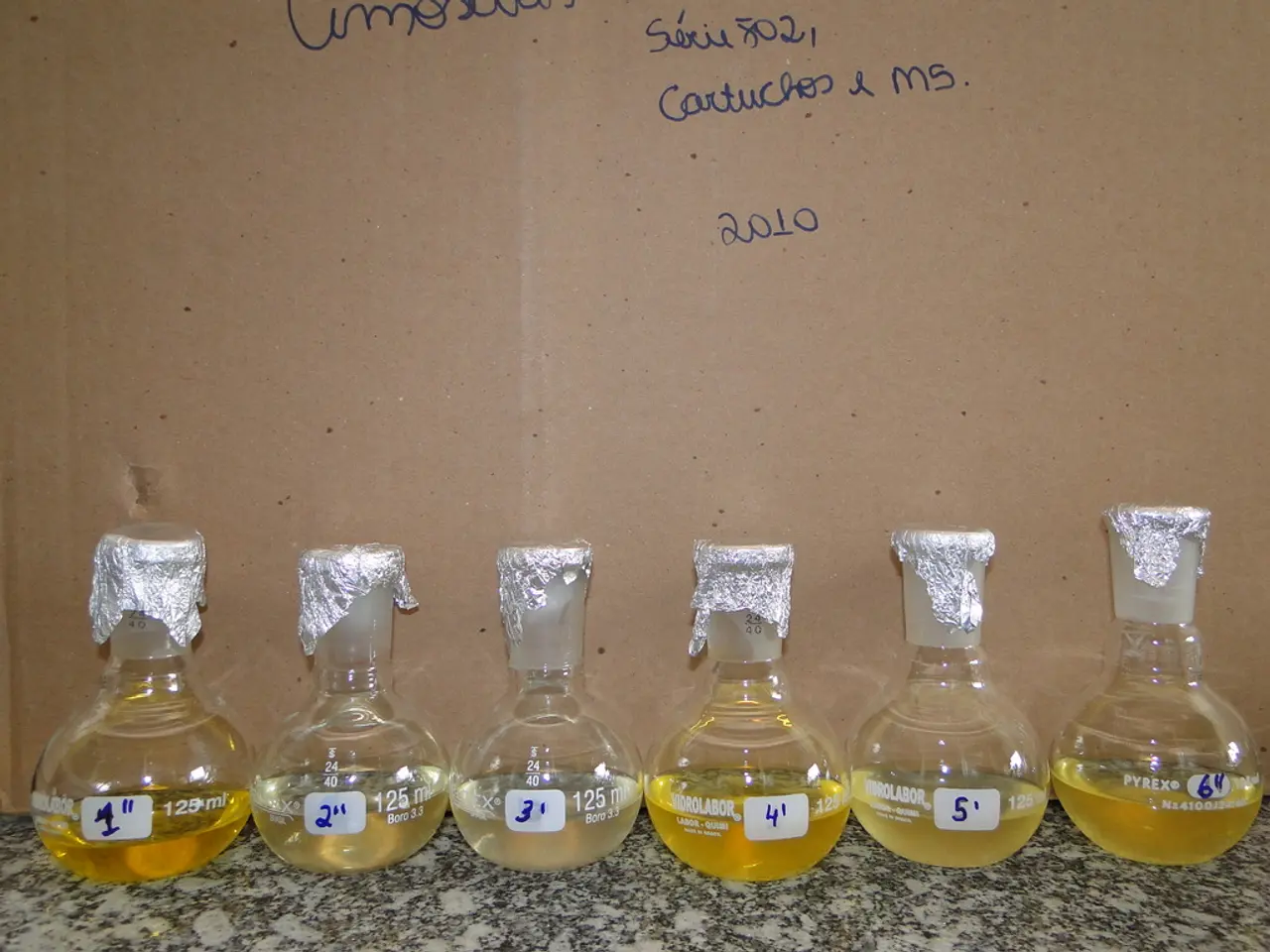Quantitative Analysis: Overview of Numerical Data Analysis Methods
In the realm of data analysis, descriptive statistics play a pivotal role in understanding and summarising data. These simple tools are essential for gaining insights into the basic features of a dataset, including average values, highest and lowest values, and how spread out the numbers are.
Descriptive statistics can be categorised into three key areas: measures of central tendency, measures of variability (dispersion), and frequency distribution.
Measures of Central Tendency
Measures of central tendency summarise the centre or typical value of a dataset. The three primary measures are the mean, median, and mode.
- Mean (average): The sum of all data points divided by the number of points. It provides a general idea of the central position of the data but can be sensitive to outliers.
- Median: The middle value when data is sorted. It is not affected by extreme values and offers a more robust representation of the central tendency in skewed distributions.
- Mode: The most frequently occurring value in the data. It is particularly useful for categorical data.
Measures of Variability (Dispersion)
Measures of variability describe the spread or variability of the data. These measures help us understand how much the data points deviate from the central tendency. The key measures of variability are range, variance, and standard deviation.
- Range: The difference between the maximum and minimum values. It provides a quick sense of the data spread but should be complemented with other statistics, as it is sensitive to outliers.
- Variance: The average of the squared differences from the mean. It offers a more precise measure of the spread of the data but is expressed in squared units.
- Standard Deviation: The square root of the variance, expressed in the original units of measurement. It represents the average distance of the data points from the mean and is widely used to measure the extent of variation or dispersion in data.
Frequency Distribution
Frequency distribution summarises how often each value or range of values occurs, often shown as counts or percentages per category or bin. It is a powerful summarise way to show how data points are distributed across different categories or intervals, helping identify patterns, outliers, and the overall structure of the dataset.
In Python, calculating these measures is facilitated by the built-in module and libraries like and . Here's an example of how to calculate these measures using Python:
```python import statistics from collections import Counter
data = [10, 20, 20, 40, 40, 40, 50]
mean_val = statistics.mean(data) # 30 median_val = statistics.median(data) # 40 mode_val = statistics.mode(data) # 40 range_val = max(data) - min(data) # 40 variance_val = statistics.variance(data) # 267.666... stdev_val = statistics.stdev(data) # 16.36 freq_dist = Counter(data) # {40: 3, 20: 2, 10: 1, 50: 1}
print(f"Mean: {mean_val}") print(f"Median: {median_val}") print(f"Mode: {mode_val}") print(f"Range: {range_val}") print(f"Variance: {variance_val}") print(f"Standard Deviation: {stdev_val}") print(f"Frequency Distribution: {freq_dist}") ```
By understanding these key descriptive statistics measures and their Python implementation, we can gain valuable insights into the structure and characteristics of our data, enabling us to make more informed decisions.
Descriptive statistics, being crucial for data analysis, are categorized into measures of central tendency, measures of variability (dispersion), and frequency distribution. The mean, median, and mode are the primary measures of central tendency, offering insights into the typical value in a dataset. The range, variance, and standard deviation, on the other hand, provide a measure of variability, explaining the spread of the data points from the central tendency. Frequency distribution, in turn, summarises the occurrences of each value or range of values, serving as a powerful tool to identify patterns, outliers, and the structure of the dataset. Online education platforms like Khan Academy, Coursera, or edX offer educational resources and courses to learn about descriptive statistics, mathematics, and algorithmic concepts, including the implementation of these measures using Python programming language and libraries like statistics and collections.




